
Turbo Miata-powered Caterham
For those readers not already familiar with the colorful history of the Super Seven and its many reincarnations, when Colin Chapman founded Lotus Cars back in 1952, his famous design philosophy was both simple and decisively proven on the track: “Adding power makes you faster in the straights. Subtracting weight makes you faster everywhere.”
Chapman is also rumored to have said that a race car only had to stay together until it crosses the finish line. His Lotus 7, debuting in 1957, is generally considered the vehicle that led to his enduring fame and racing success.
The Seven was produced from 1957 to 1972, and then Caterham bought the rights to produce the lightweight sports cars in kit and turnkey form, and still produces them today.
LSIS (Lotus Seven-Inspired Sportscars, as they are referred to in Europe, presumably so they do not step on Caterham’s license arrangement) refers to the more than 100 companies that have produced, or are producing, replicas, clones or variations on the Lotus 7 design. While not seen as often here in the U.S., they are very popular in the U.K. and elsewhere around the globe.
Given that brief history, we felt that fans of lightweight, powerful, bugs-in-the-teeth, elemental motoring should be interested in reading about the lightning-in-a-bottle blue streak shown here. It’s a novel 2004 Caterham 7 SV (SV is the wide-body version), built by Erie, Colorado, resident Skip Cannon. He’s is a lifelong car nut, having owned something like 358 cars and trucks, and numerous motorcycles. In the early 1990s he got into Miatas in a big way and has owned 36 of them, currently owning a 2005 Mazdaspeed powered by a Flyin’ Miata LS3 conversion and a spankin’ new 2016 model. While most Caterhams typically sport small 1.6-liter Sigma or 2-liter Duratec engines, Skip bought a salvage 2000 MX-5 Miata to provide the engine and transmission for his Seven.
Being a Colorado guy, he then sourced from Colorado-based Flyin’ Miata (FM) an intake manifold and turbocharger, and added a Hydra Nemesis ECU along with an FM dual-feed fuel rail and RC injectors. The engine has been tested on the dyno at a surprising 301 horsepower, though Skip cranks down the boost to produce somewhere in the 240 hp range for daily driving. He tells us that the most difficult part of the build was having to machine the Miata five-speed transmission case so that it would fit without altering the tunnel.
Skip originally purchased his project car as a rolling chassis from an Arizona shop. Once back home, he reinforced some of the rear frame components, replaced the Ford Sierra’s open gear with a limited-slip unit, and added adjustable sleeves and Bilstein shocks at all four corners for the ability to change ride height and corner weighting. The rear setup is Caterham’s de Dion rear suspension with a Watts linkage and coilovers.
The chassis rolls on Minilite-style Chaparral wheels with custom adapters to work with the Miata bolt circles. Skip has two sets of wheels for the Caterham, all fitted with 205/50-15 Dunlop Direzza tires. In addition to the Chaparral wheels, he runs a set of safety-orange Kosai K1 T-S wheels for the track, like the spare shown here that additionally acts as a rear safety beacon for this low-down skate.
In keeping with traditional Super Sevens, the Caterham’s cockpit is rather simple, sporting a pair of bucket seats, a flat dash fitted with Caterham-branded analog instruments and added boost gauge below. Adjacent to the boost gauge are control switches for the Hydramist water/methanol controller.
Skip made his own mounts for the cool Brooklands windscreens that also hold a pair of motorcycle mirrors. The steering wheel has a quick-disconnect feature to facilitate ingress/egress.
Speaking of getting into and out of the little car, perhaps the most unique custom feature of Skip’s car is what he calls the “Caterham Butt Extractor.” He’s had numerous rotator cuff tears, one of which is unrepairable, and surgeries for them. Getting in and out of such a low, doorless car requires plenty of arm strength, so he rigged an ATV 12-volt winch, a series of pulleys, remote control and a canvas sling on the rollbar to assist raising him to a level where he can swing his leg over the coaming. And it works quite well. There’s just no stopping some car guys!
Skip’s Seven is driven regularly on the track as well as on the street. It’s a compliant cruiser on public roads and not overly stiff, but once the boost is applied it becomes one very quick monster. Just as Colin Chapman would have wanted.

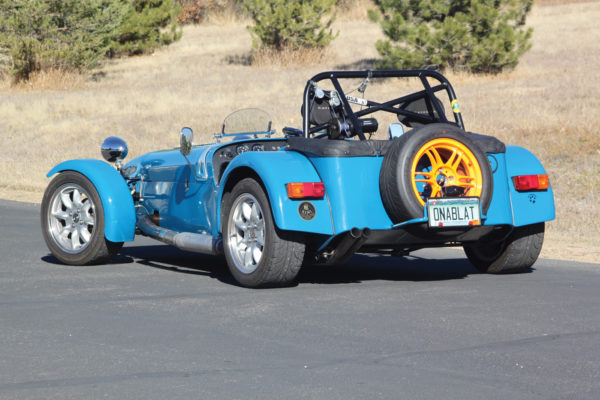
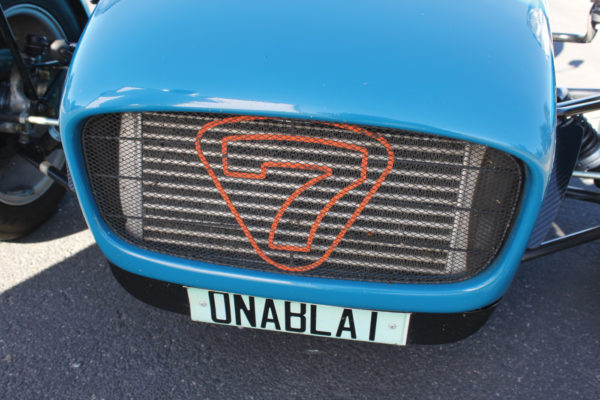
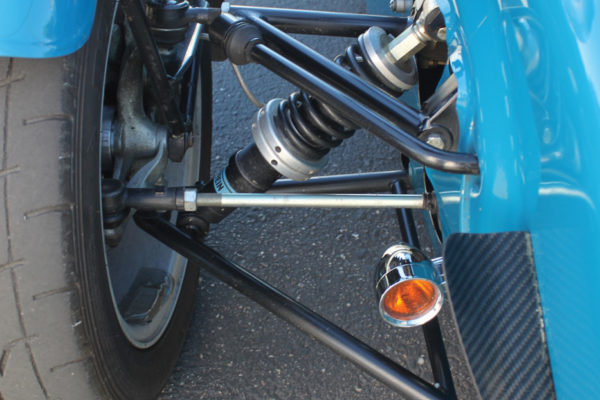
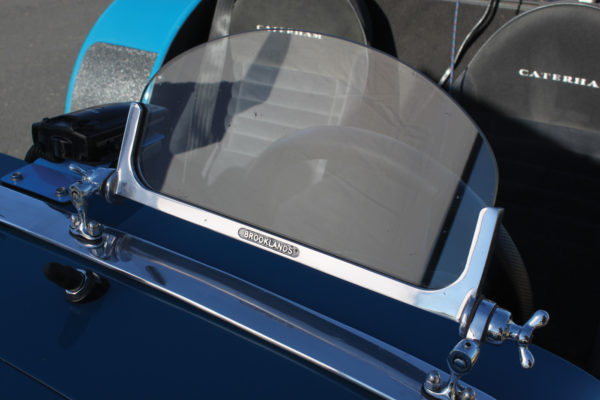
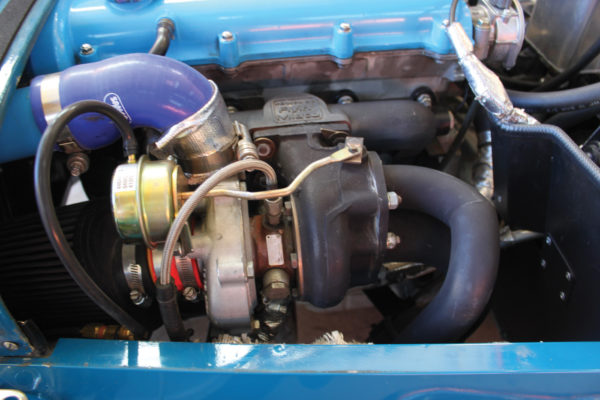
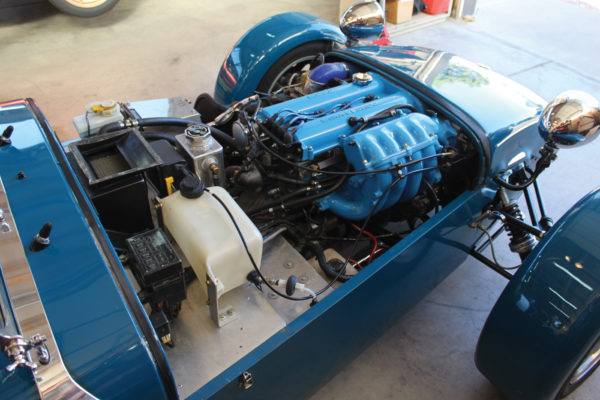
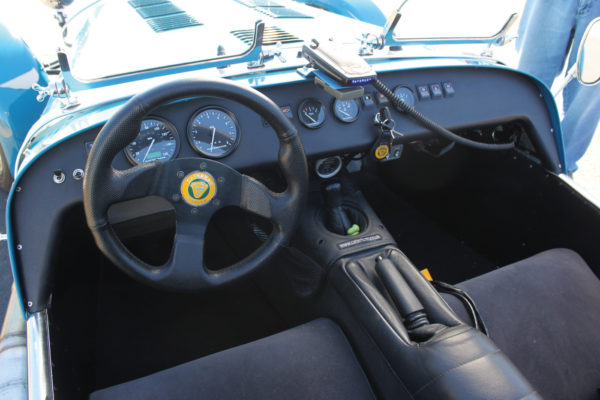
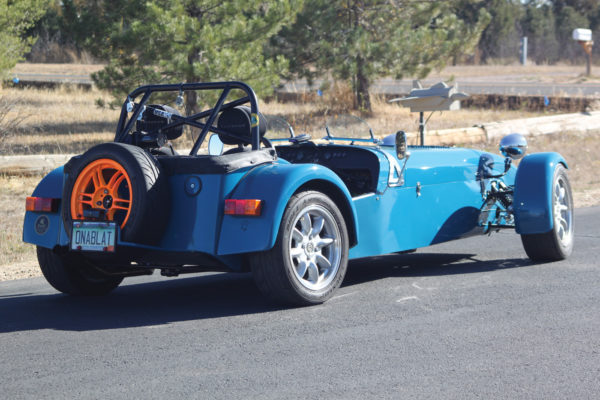
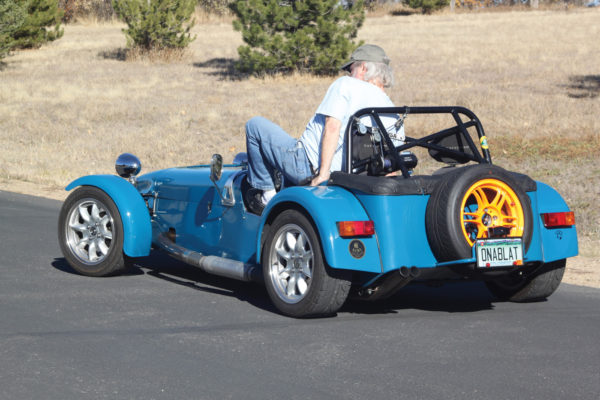
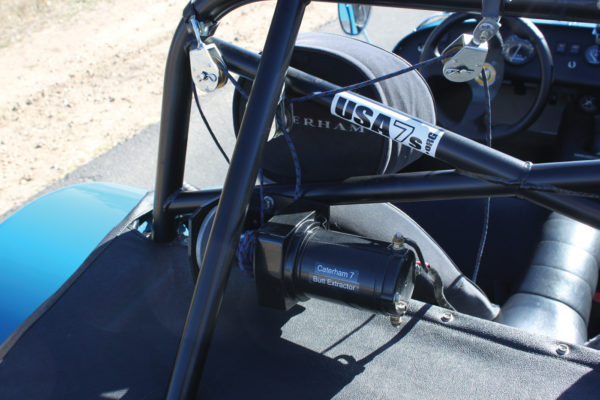
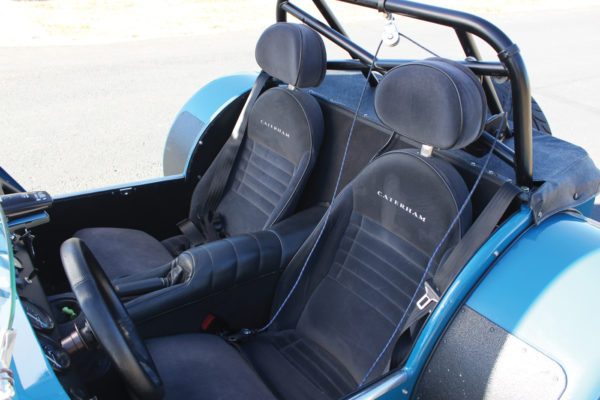
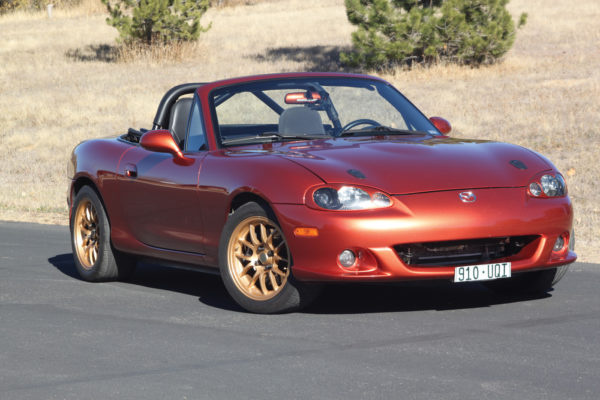
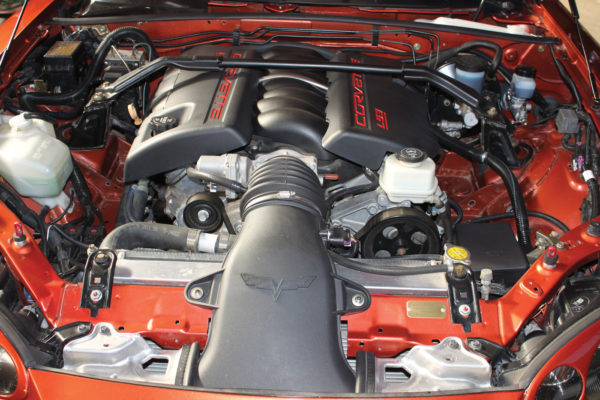
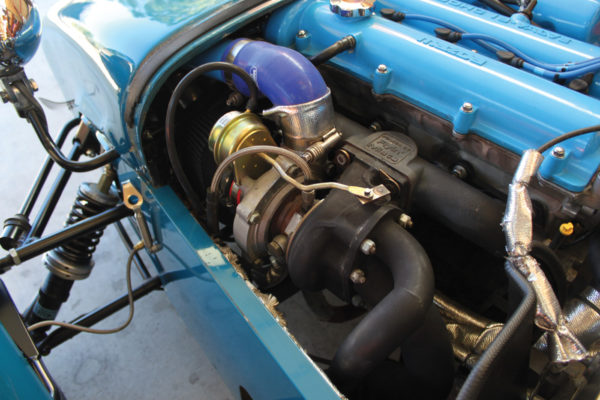
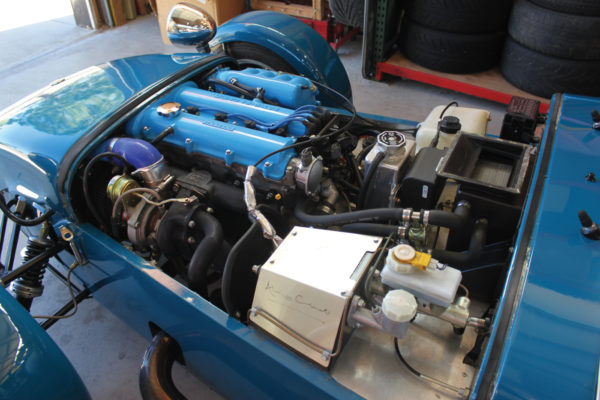
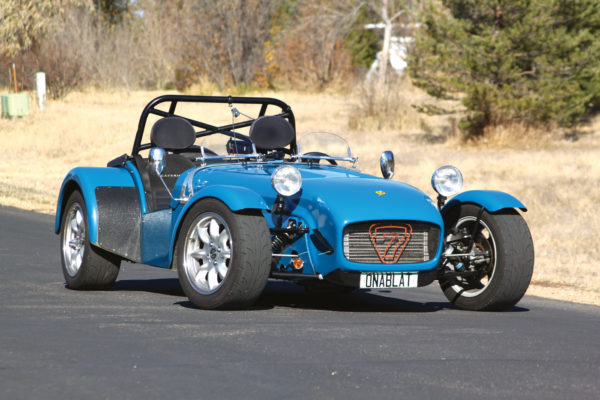
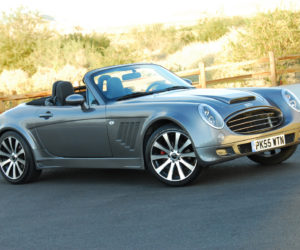
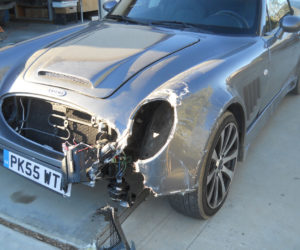
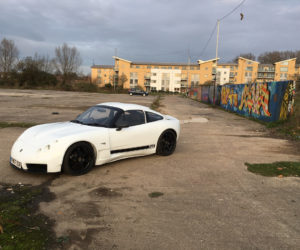
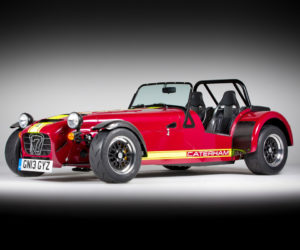
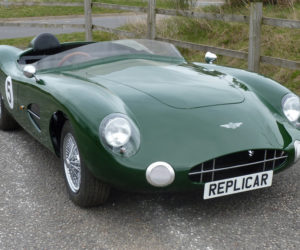
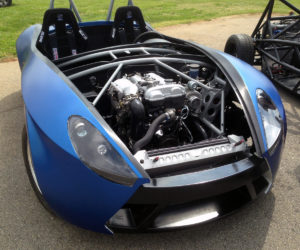




Comments for: Sinful Seven
comments powered by Disqus